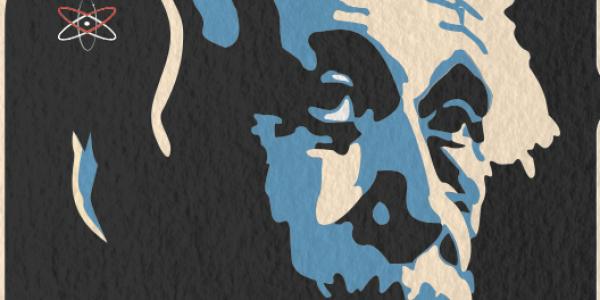NASA’s next Mars mission is giving students and the public worldwide an opportunity to have a personal connection with space exploration through a new education and public outreach effort called the “Going to Mars” campaign. The campaign is led on behalf of the Mars Atmosphere and Volatile Evolution, or MAVEN mission, by the University of Colorado Boulder.
Starting today, an art contest will give participants ages 5 to 17 the chance to create artwork in support of the upcoming November 2013 launch of MAVEN, which will explore the Martian upper atmosphere in unprecedented detail. The winning artwork, chosen by the public via online voting, will be announced May 20. The winning artwork will be carried aboard the spacecraft to Mars.
“The Going to Mars campaign is an exciting opportunity for people around the world -- across languages and age groups and perspectives -- to be part of a unique project that could have a profound effect on how we view Mars and its history,” said CU-Boulder’s Stephanie Renfrow, who is leading the MAVEN Education and Public Outreach program from the university’s Laboratory for Atmospheric and Space Physics, or LASP.
The MAVEN Education and Public Outreach program campaign will use social media, classroom programming, teacher professional development, public lectures and museum programs to teach and engage the public about the MAVEN mission and space research.
“This outreach campaign dovetails nicely with our activities on the road to launch in November,” said CU-Boulder’s Bruce Jakosky, MAVEN’s principal investigator based at LASP. “It’s initiatives like this that I believe will inspire the next generation to pursue careers in science, technology, engineering and mathematics.”
MAVEN will launch between Nov. 18 and Dec. 7 this year. When it arrives at Mars 10 months later, it will use its propulsion system to enter an elliptical orbit ranging from 90 to 3,870 miles above the planet. The spacecraft’s eight science instruments will take measurements during a full Earth year, which is roughly equivalent to half a Martian year. MAVEN also will dip to an altitude 80 miles above Mars to sample its entire upper atmosphere. During and after its primary science mission, the spacecraft may be used to provide communications relay support for robotic missions on the Martian surface.
In addition to CU’s LASP being the institution with MAVEN’s principal investigator, the university will provide science operations, science instruments and lead the Education and Public Outreach program. NASA Goddard manages the project and provides two of the science instruments for the mission. Lockheed Martin of Littleton, Colo., built the spacecraft and is responsible for mission operations. The University of California, Berkeley, Space Sciences Laboratory provides science instruments for the mission. NASA’s Jet Propulsion Laboratory in Pasadena, Calif., provides navigation support, the Deep Space Network and the Electra telecommunications relay hardware and operations.
To participate in the Going to Mars campaign visit http://lasp.colorado.edu/maven/goingtomars/ or for more information on MAVEN’s Education and Public Outreach program visit http://lasp.colorado.edu/home/maven/education-outreach/.
For general information on MAVEN visit http://lasp.colorado.edu/maven or http://www.nasa.gov/mission_pages/maven/main/index.html.
Contact:
Stephanie Renfrow, LASP education and outreach, 303-735-5814
Stephanie.Renfrow@colorado.edu
Jim Scott, CU-Boulder media relations, 303-492-3114
Jim.Scott@colorado.edu

Illustration courtesy NASA



